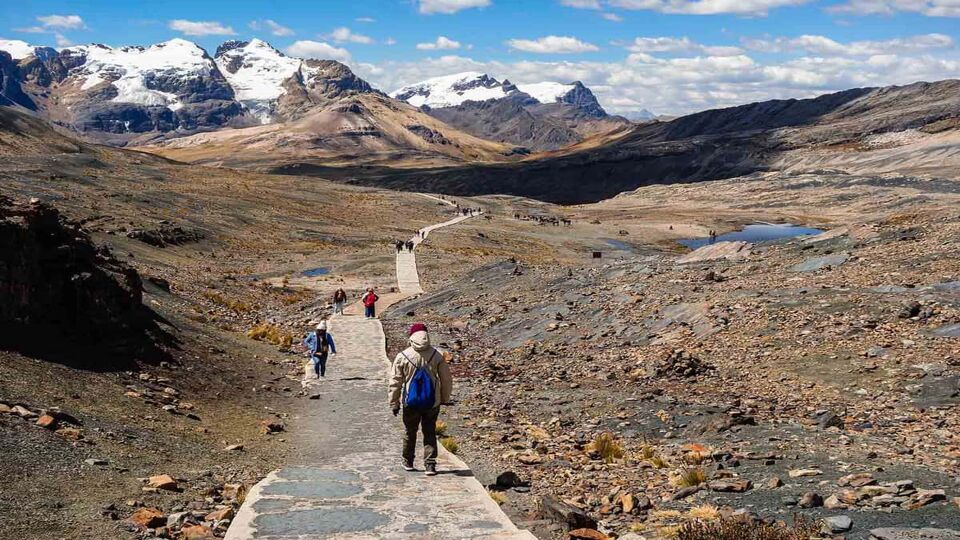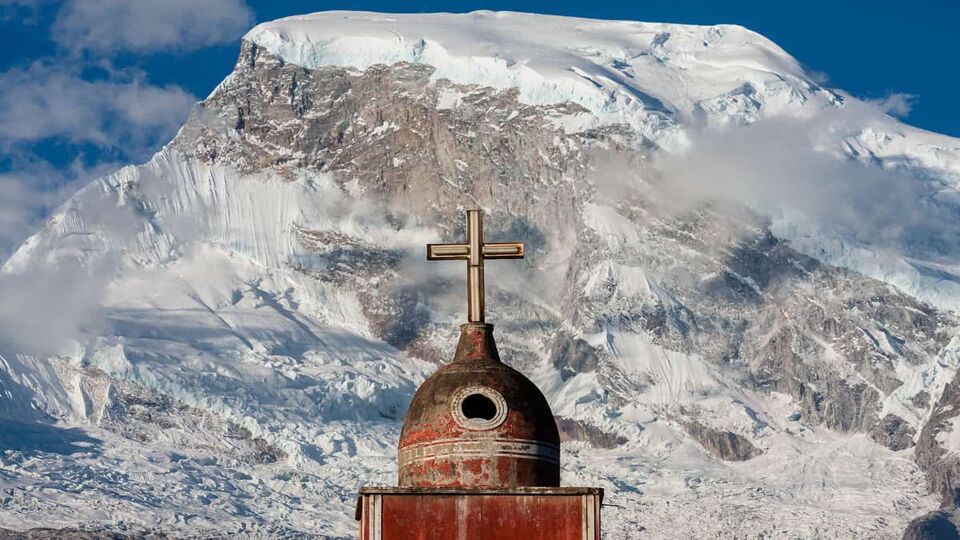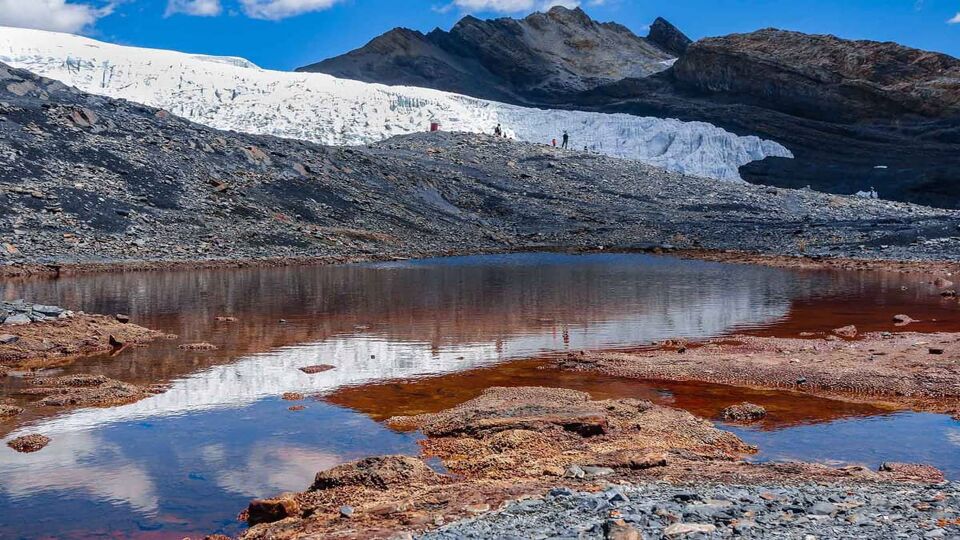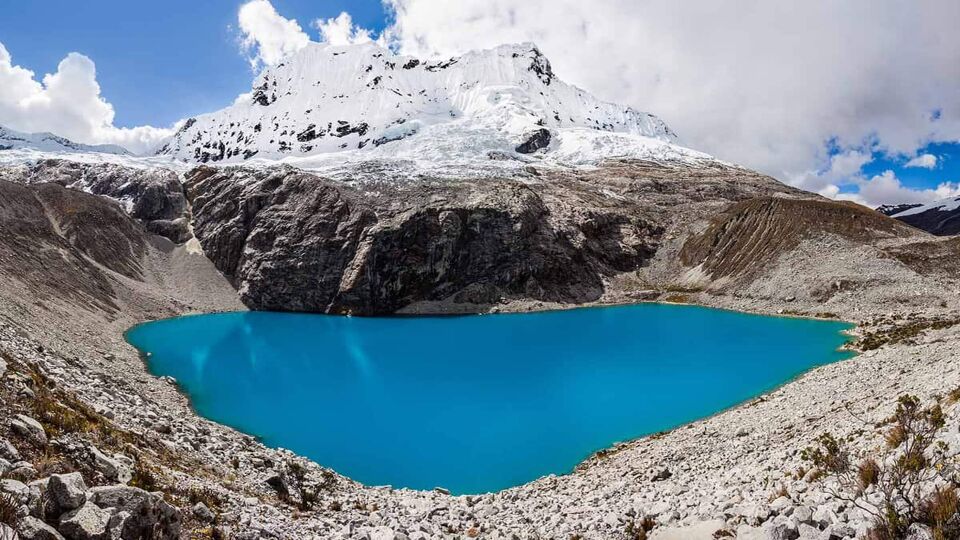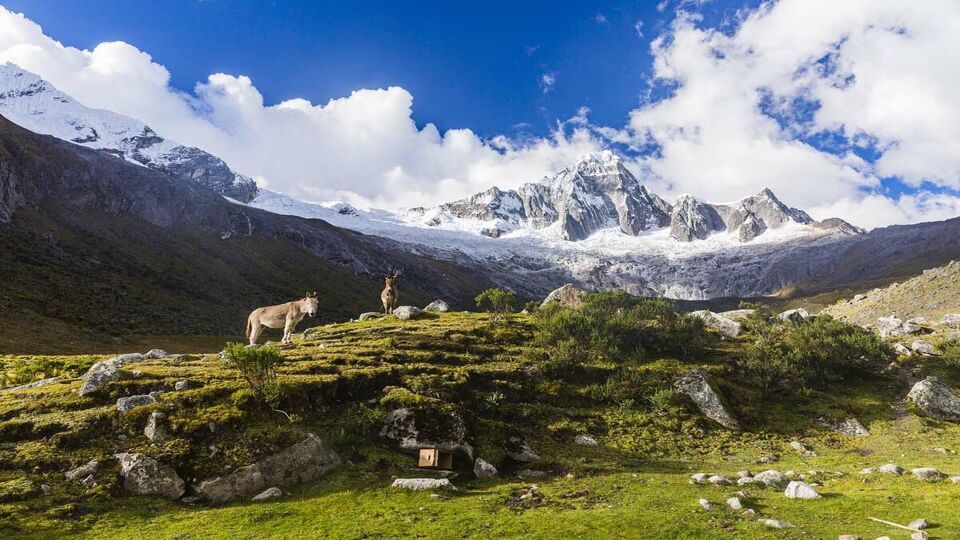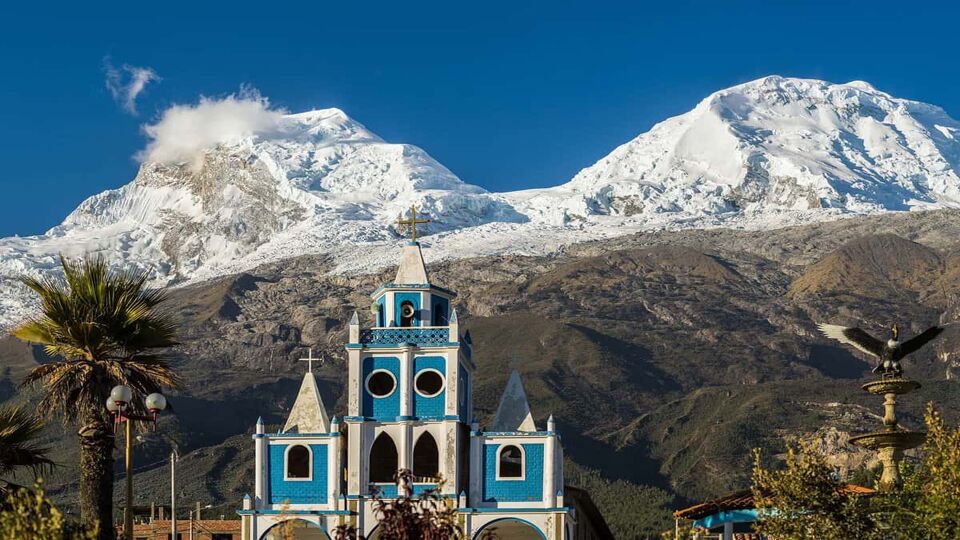
Travel bucket list idea:
Hike the Huayhuash Circuit
Huaraz, Ancash Region, Peru
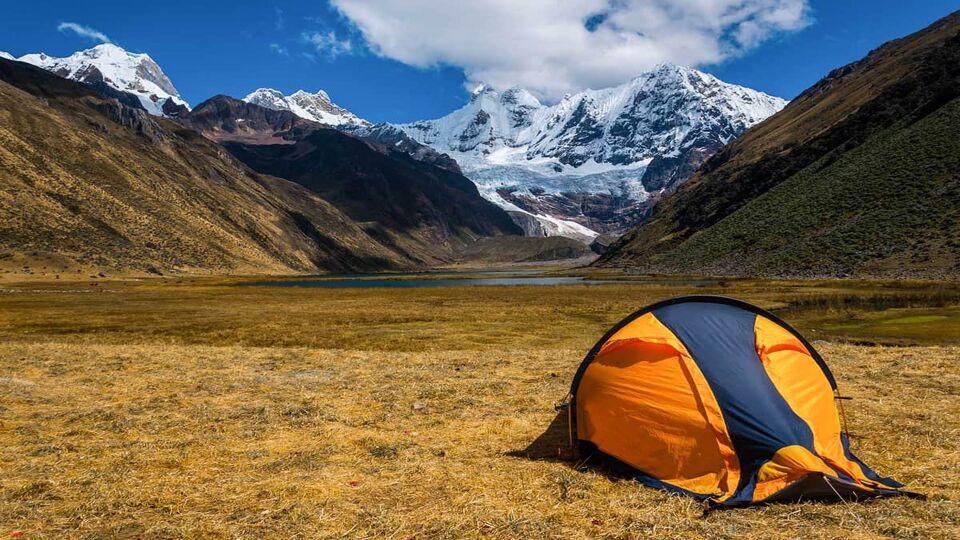
Hikers in the know call this the greatest alpine trek in the world. Mountain scenery just doesn’t get better – steep valleys of jagged snow-capped peaks reaching heights of over 6,000m, dotted with icy blue lakes; fiery razor-sharp ridges caught in the setting sun, high glaciers, condors flying over fields of grazing vicunas…
On the way you pass some of the most spectacular peaks in the Andes including Siulá Grande, site of Joe Simpson’s epic ‘Touching the Void’; and 6634 metre-high Yerupajá, the second-tallest mountain in the tropics.
Be aware that Huayhuash is a long, tiring high-altitude walk that makes the Inca Trail look like a stroll. Most hikers do the circuit itself in around 11-12 days. You’ll need at least two weeks including essential acclimatisation.
Logistics
Getting there & doing it
Counterpart to the Annapurna Circuit in the Himalayas, the Huayhuash trek is the gold standard of long-distance Andean hikes. And like Annapurna it requires acclimatisation. Factor in at least three days in high-altitude Huaraz – the base town for the hike, before beginning.
It is essential to book ahead with a local hiking specialist (like Go 2 Andes – see contact below) – either directly to Huaraz or via a tour operator back home: the walk takes around two weeks and is over 130km long. Several of the climbs reach passes of over 5,000m, so there’s a real possibility of altitude sickness. And while mountaineering gear is not required, you will need proper tents (which your operator will provide), boots and warm clothing.
There are various routes. The trek usually begins and ends in Llámac village, a few hours’ drive from Huaraz. It is also possible to do shorter hikes in the mountain range.
When to do it
The Cordillera Huayhuash has an alpine equatorial climate. While May to September fall within the Antipodean Winter, they are the best months for the circuit as it is dry but cold (you will need fleeces, jackets and gloves at the highest altitudes).
The rest of the year is warmer but wetter – with much higher snowfall, which can block mountain passes.

